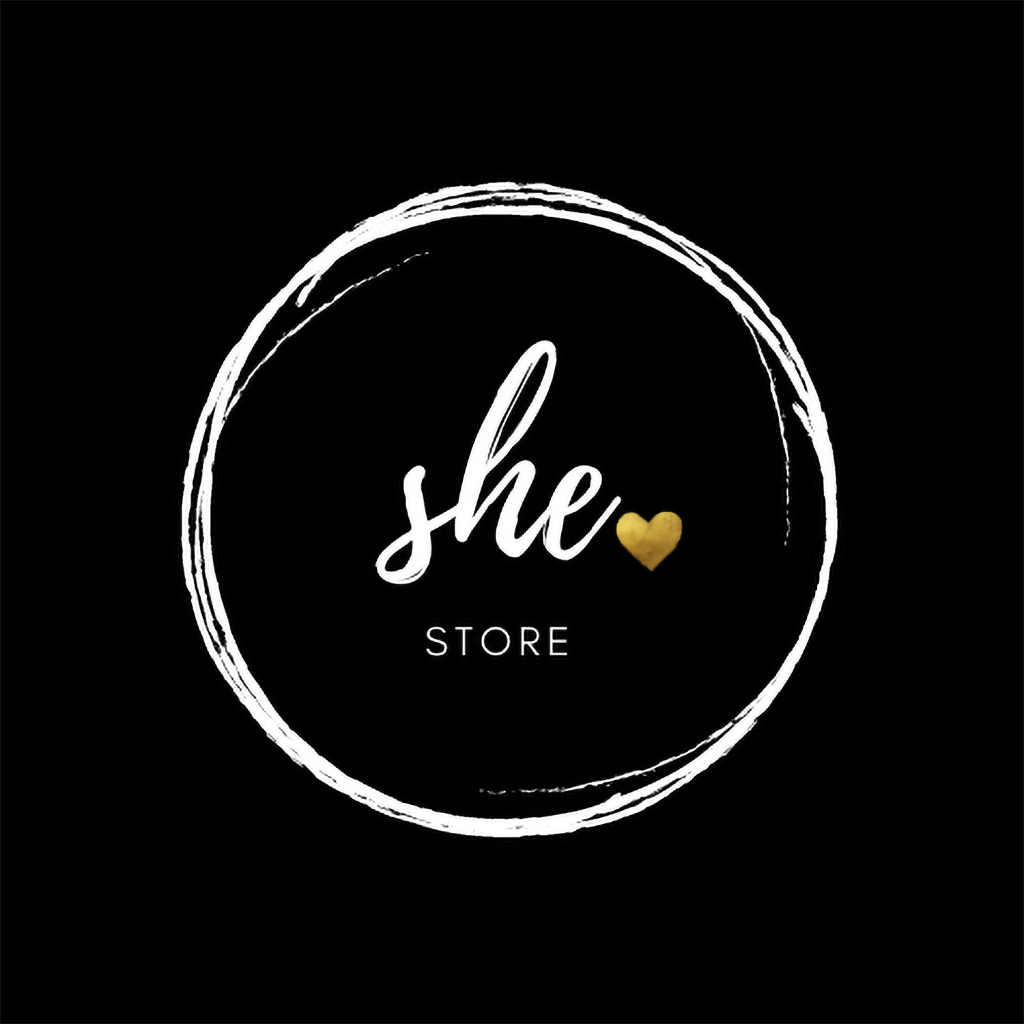Would you ever buy an item of clothing that does not exist?
And how much would you be willing to pay for it?
The virtual fashion industry (also called digital fashion) has already recorded sales of tens of millions of Euros, confusing our definition of what is real in fashion and what is not.
According to Gucci, the brand of the moment is “only a matter of time” before significant fashion houses become part of the NFT (non-fungible tokens) world and other aspects of digital fashion. With fashion month ending in October, many brands have worked with NFTs to bring digital garments into their collections.
This is because even fashion is preparing for the transition to the Metaverse.
The metaverse
The concept of Metaverse is one of the most important trending topics in technology, especially since Facebook has adopted its vision in total, going so far as to change its name in meta.
By itself, the Metaverse is a broad term that generally refers to shared virtual environments. For example, people can access via the Internet and in which you are represented by your own 3d avatar.
We have interacted online by going to websites or through social media and apps to date. At the same time, the idea of the Metaverse consists of more multidimensional interactions, where users can immerse themselves in digital content rather than just seeing it.
Inside, as presented by Mark Zuckerberg, people can meet, work and play. This is, in fact, possible thanks to headphones, glasses for augmented reality, apps for smartphones or other devices. However, there is no doubt that all these devices will consume more and more electricity, and there will be a need to efficiently manage resources.
Fashion in the metaverse
The potential online activities will be as varied as virtually attending a concert, taking an online trip, buying and trying on digital clothes. In addition, within the Metaverse, users will purchase virtual land and other digital assets presumably using cryptocurrencies.
Fashion will also be increasingly rooted in the Metaverse: Generation Z customers will spend more and more time playing online, socializing, and shopping.
Despite being virtual reality, people want their avatars to look their best.
Thanks to NFTs, the metaverse experience will allow people to fully immerse themselves in the fashion industry even within a virtual world, having proper ownership of the fashion and luxury items they buy.
Since NFTs are traceable and unique, the problem of fake fashion items will be a thing of the past, with every digital item being verifiable on the blockchain.
Virtual reality will allow fashion brands access to a new revenue stream. Instead of only selling physical products, fashion brands will make money by selling their virtual items and clothes on a decentralized market. An additional advantage for brands is the possibility of reaching a larger pool of fashion enthusiasts, who will be able to participate without being in physical proximity to the brand.

What to expect from brands in the metaverse
In recent years, the fashion industry has focused on the intersection of the digital and physical market, expanding more and more into the latter, leading to two different approaches to digital fashion:
- Physical and digital combined: that is the digital fashion that a person can wear using augmented or virtual reality
- Fully digital: that is the digital fashion that is sold directly to an avatar
An example in this direction is the collaboration between Balenciaga and Fortnite, which has made it possible to purchase dresses (seen below) inspired by various Balenciaga designs within the game.
Collaborating with the gaming industry is not just a way to experience the creativity of your designers, as it represents a substantial economic opportunity, helping brands to move closer to generation Z. Most of these joint ventures, in fact, offer Buyers the chance to get their hands on a limited edition physical garment, like the one featured in the game.
The fusion of the video game and fashion industry offers unlimited opportunities for creativity, which will go beyond the physical limits of the fashion industry, being the avatars of any shape you wish.
In October, Dolce and Gabbana released a digital collection of nine NFT clothing items, calling it the “Genesis Collection.” Sold for approximately $ 5.7 million, the collection has become the most expensive digital collection to date.
On the other hand, some think of extending “digital fashion” even outside the Metaverse, focusing on two factors that are increasingly protagonists in fashion: sustainability and technology. For example, Jae Slooten, co-founder of the pioneering Dutch digital fashion brand “The Fabricant,” argues that real-world style will become increasingly technological and sustainable, with intelligent materials that act as a second skin and monitor our body. , consuming energy clean at the same time.
“I feel the future lies in materials that are intelligent and that can grow with us or even grow on us, “Slooten explained, adding that the physical world will allow people to exhibit “a more sober expression of who is.”
Otherwise, according to Slooten, the expressive part will be translated into virtual reality. “And then, within the digital world, we can go completely crazy. We can wear a dress made of water or have lights everywhere and change your textile according to your mood “.
Last year, Slooten’s company Fabricant set a record when one of her virtual dresses sold at auction for $ 9,500.
“The new owner wore it on her Facebook and Instagram, “Slooten said.
In conclusion, in the Metaverse, a virtual world that mainly offers a visual experience, the role of fashion as a tool for personal and social expression can only play a central role. It remains only to wait for screen wear to become the new streetwear.
This article, written for you by internet-home, wants to inform people about the development potential of fashion in the Metaverse and in NFTs.
Source: Internet-casa
Sign up for our newsletter now!







